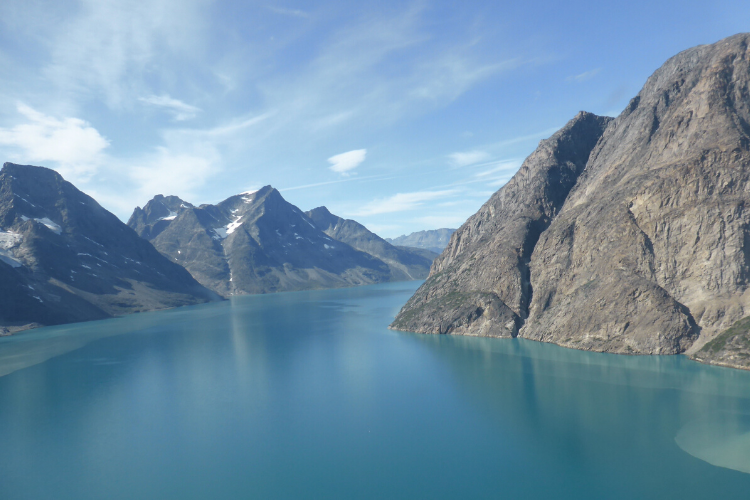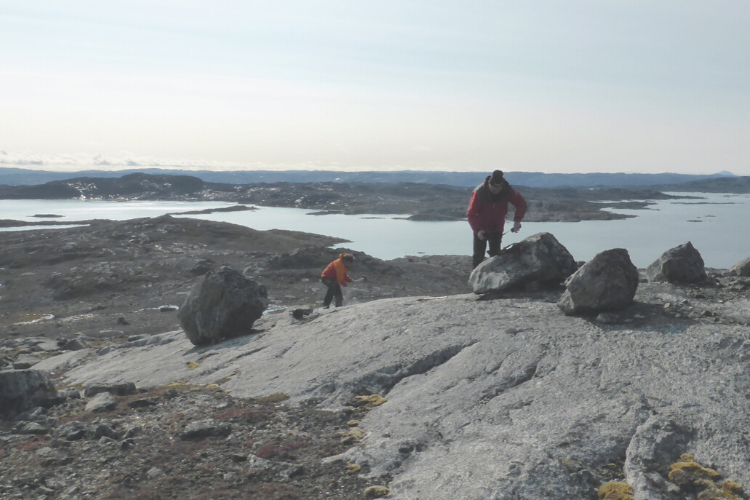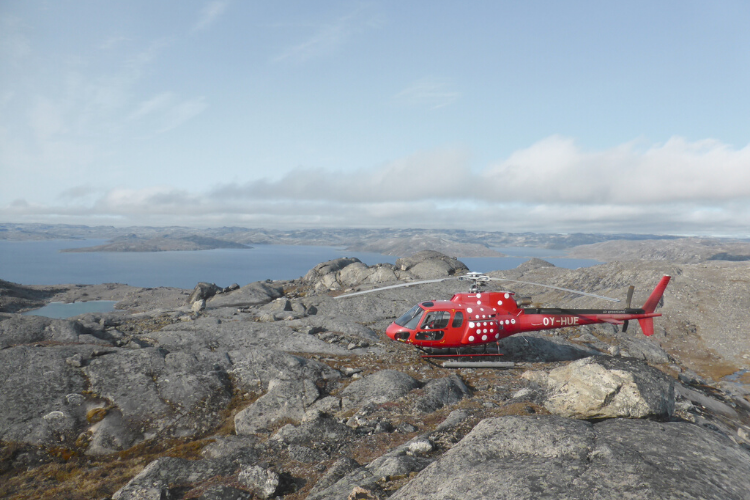Hidden past of Earth’s oldest continents unearthed

New international research led by the University of St Andrews presents a novel way to understand the structure and formation of our oldest continents.
The research, published in the journal Earth and Planetary Science Letters, reveals how the team from St Andrews, Greenland, Australia, Denmark and Canada used magmatic rocks, sourced from deep within the Earth, to sample the interior of cratons as a means to understand how they were formed.
Cratons are the ancient, stable, heart of the Earth’s continents, and their formation was a pre-requisite for the evolution of complex life. The North Atlantic Craton extends from Northern Scotland through Greenland to North America, and contains the oldest crust known on Earth – up to 3.8 billion years old. How these ancient cratons were built is a major scientific debate, informing on one of the most fundamental questions in Earth science: when did plate tectonics begin operating?
Plate tectonics – the cycle of rigid tectonic plates in constant horizontal motion across the surface of the planet – makes Earth unique within the rocky planets of the solar system. Plate tectonics started at some point after the Earth formed 4.6 billion years ago, but it is unclear exactly when. Some scientists believe craton formation occurred as a result of plate tectonics, whereby they were assembled via horizontal stacking of crust. Others believe cratons were formed through non-plate tectonic processes, growing via so-called “vertical tectonics”.

The ability to understand the architecture of cratons and therefore how and when they were formed is, however, problematic, due to the difficulty in sampling rocks from within the deep crust and mantle, which in West Greenland is up to 250 km thick.
To address this, the research team used deep-sourced magmatic rocks known as kimberlites to sample the deep parts of the North Atlantic Craton. Kimberlites, which are famous for bringing diamonds to the surface, originate from the upper mantle, more than 100 km below Earth’s surface. As they ascend through the craton, their magma collects pieces of crust along the way, pieces that are hidden at the surface. In this way, kimberlites can sample parts of the deep continent that are otherwise inaccessible.
The researchers sampled a kimberlite from the coast of West Greenland, near Maniitsoq, and extracted from it microscopic zircon grains, each less than the width of a human hair, originating from crust deep within the craton. The team analysed these grains using high-precision laser ablation mass spectrometry.
Analysis revealed the age and chemistry of the zircon grains, which suggested that beneath the 3 billion-year-old crust which today forms the Maniitsoq region lies much older 3.8 billion-year-old crust. This older crust is today only found at the surface 150 km south of the kimberlite locality. Therefore, for it to have been sampled by the kimberlite, parts of it must have been transported laterally beneath the crust that is now at the surface, sometime after 3 billion years ago.
Lead scientist Dr Nick Gardiner of the School of Earth and Environmental Sciences at the University of St Andrews said: “The kimberlite sample offers up these ancient zircon grains which imply the North Atlantic Craton was assembled by horizontally stacking different-aged slices of continental crust, likely in the late Archaean Eon after 3 billion years ago. These findings imply some cratons were formed through plate tectonic processes.”

Category Research